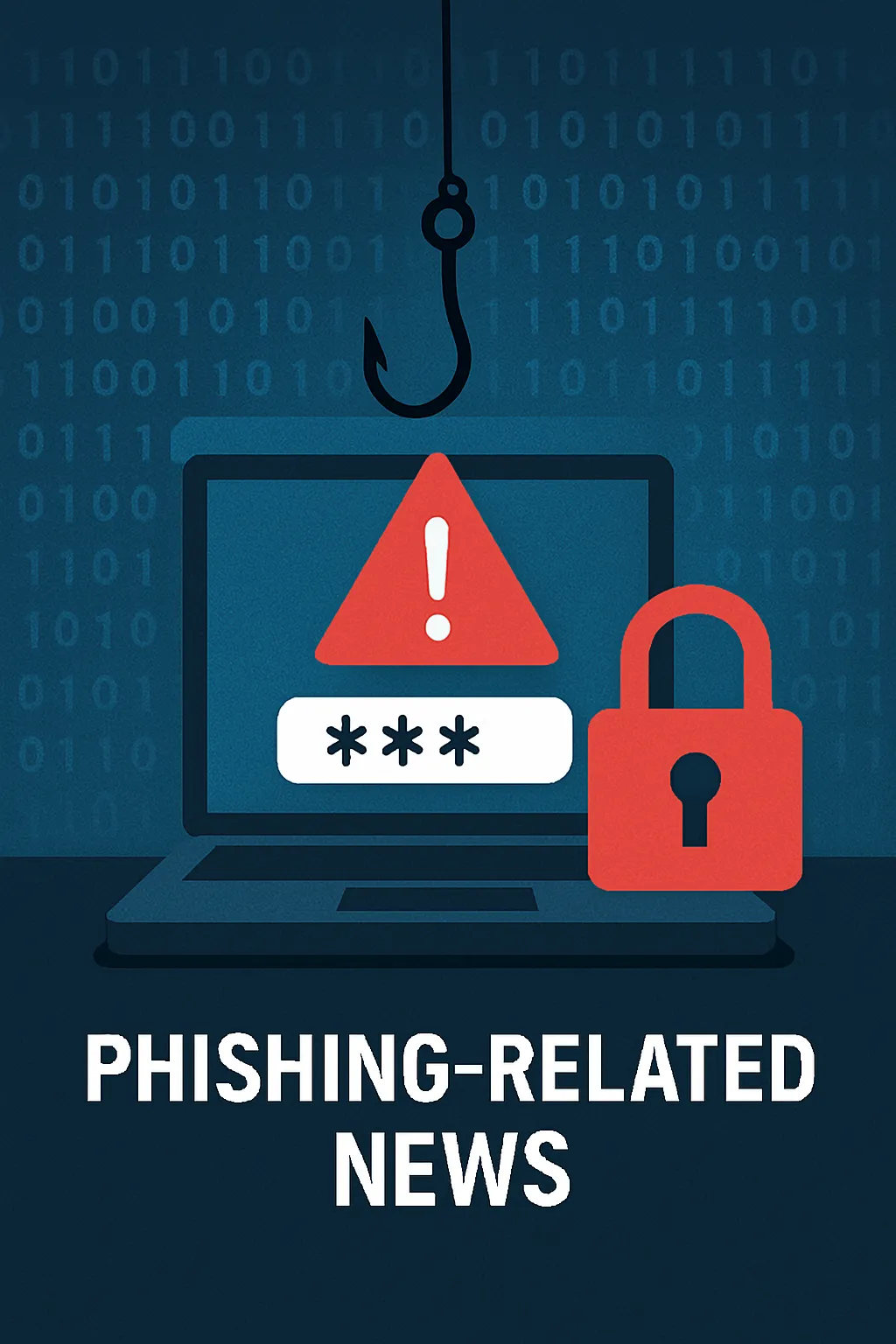Navigating the Treacherous Waters of Social Engineering and Phishing
Imagine opening your email one morning to find a message that appears to have been sent by your bank, requesting immediate confirmation of account details. You might feel a sense of urgency to comply, particularly if the message warns of a potential account closure. However, this scenario is a classic example of a phishing attack, a subset of broader social engineering tactics designed to steal your sensitive information. This post explores the intricate world of these deceptive strategies, how they impact individuals and organizations, and effective ways to defend against them.
What is Social Engineering?
Social engineering is the psychological manipulation of people into performing actions or divulging confidential information. Unlike direct hacking methods which seek to exploit software vulnerabilities, social engineering targets human weaknesses (Check Point Software).
Understanding Phishing: A Prime Example of Social Engineering
Phishing is perhaps the most well-known form of social engineering. Attackers use fraudulent communication, typically email, to impersonate a legitimate entity to gather personal, financial, or business information. Phishing can encompass various forms, including spear phishing which targets specific individuals, and whaling that goes after high-profile targets like corporate executives (Cyber.mil).
Real-World Examples and Impact
In a recent significant breach, a well-known company was tricked by a spear-phishing email that led to the exposure of sensitive data of millions of users. This underscores the potential severe impact of these attacks on both privacy and security.
Preventing Social Engineering Attacks
The Cybersecurity and Infrastructure Security Agency (CISA) emphasizes the importance of skepticism toward unsolicited communication. Verification before sharing information, using security software, and training employees can significantly reduce risk.
Digital Literacy as a Defensive Tool
Improving one’s digital literacy forms the first line of defense. Recognizing the signs of phishing, such as unexpected requests for information or unusual sender addresses, can help individuals avoid falling victim to these tactics.
Conclusion: Stay Informed, Stay Secure
As technology evolves, so do the methods of attackers. Staying informed about the latest phishing trends and maintaining a healthy skepticism towards unsolicited messages are crucial. Implementing robust security policies and ongoing education about social engineering can safeguard personal and corporate assets against these deceptive threats.
